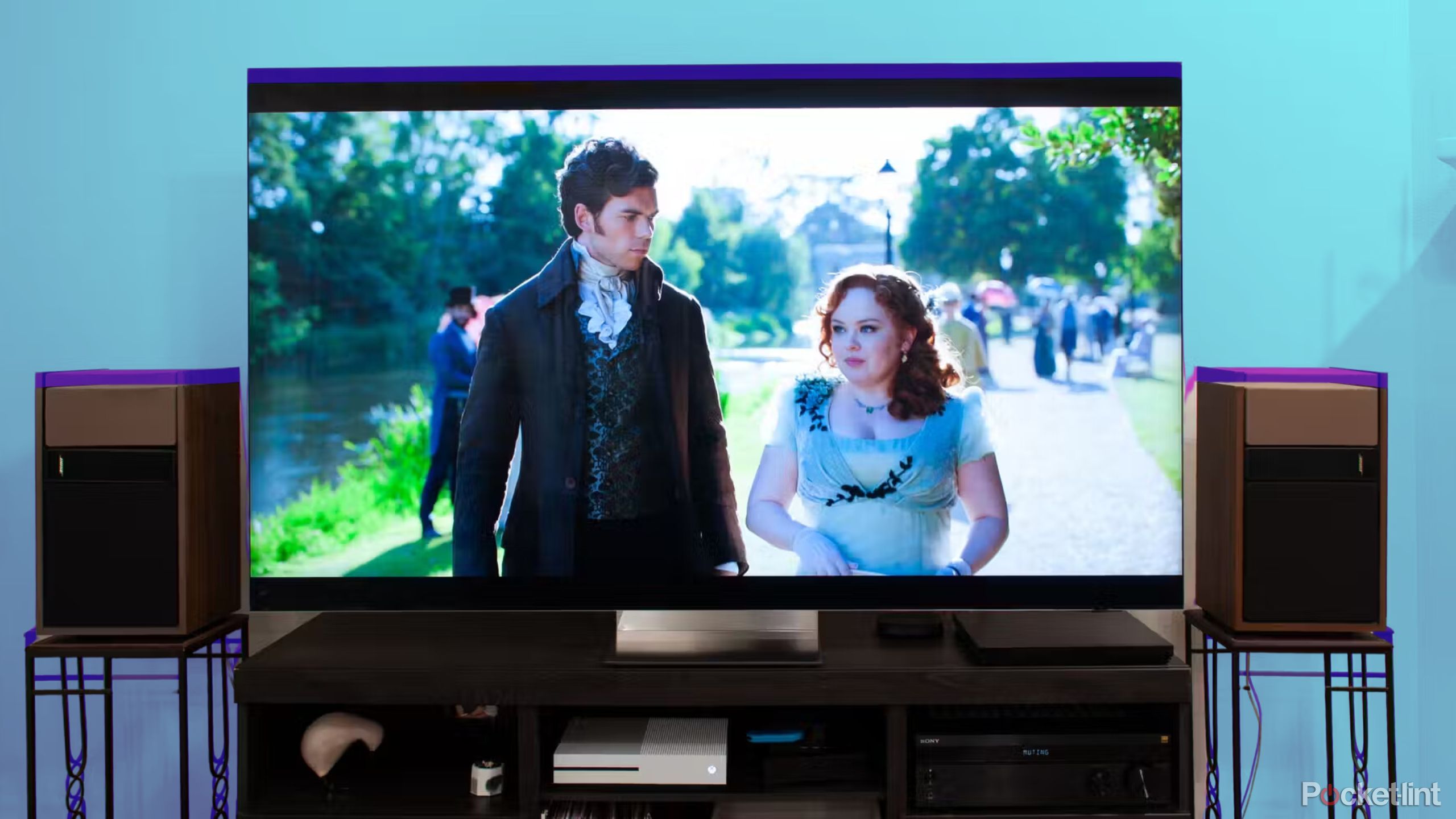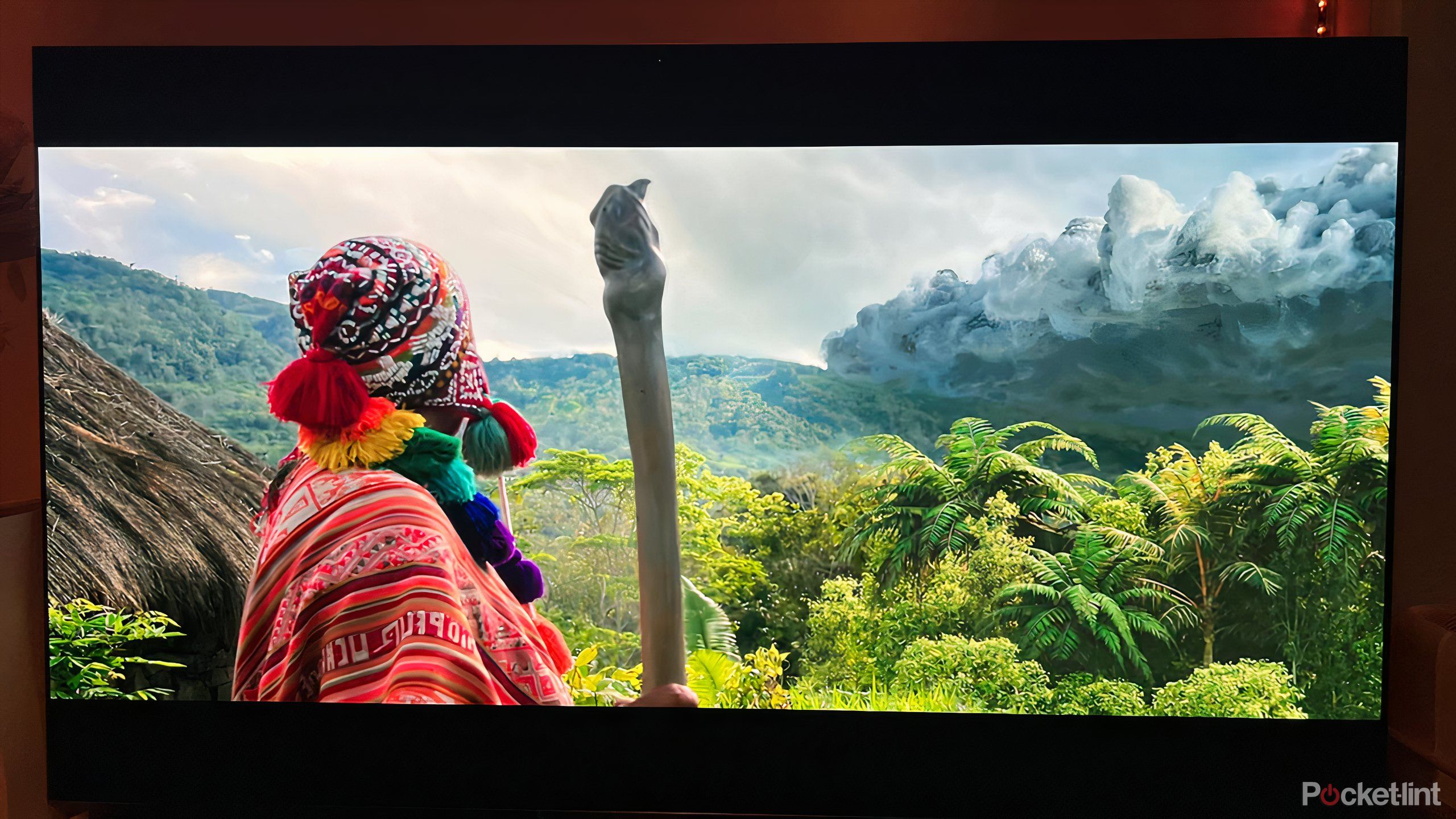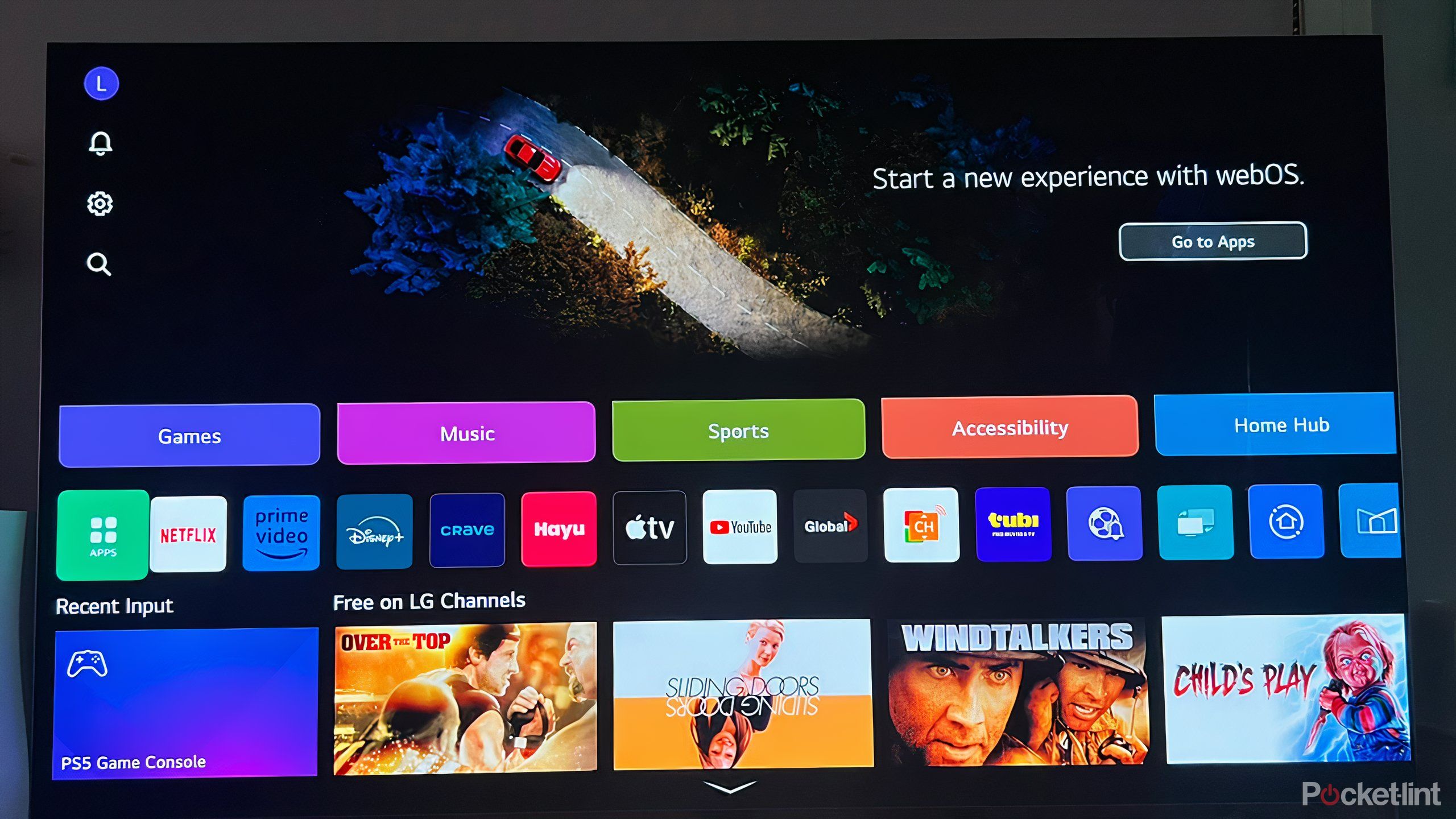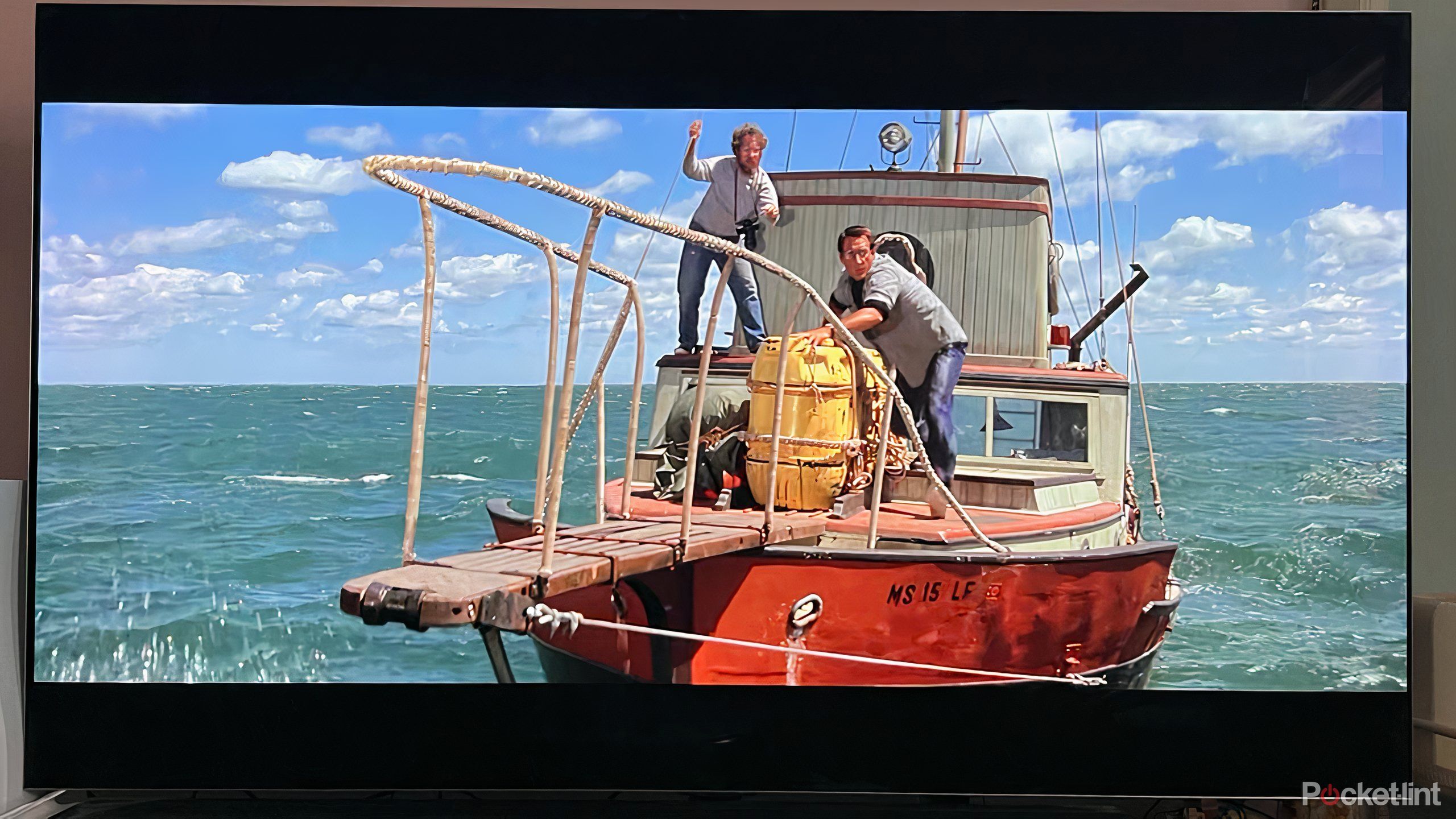Key Takeaways
- Look at the TV in person and check the size, design, and location of the input terminals.
- Check the brightness, contrast, accuracy and overall image quality of your screen firsthand.
- Play around with the interface to get a feel for the OS and the remote and see if it suits your tastes.
While online shopping is convenient in many ways, some products just need to be experienced before you buy, and smart TVs are one of them. A smart TV is a sizeable investment that will likely become the centerpiece of your home entertainment for years to come. Smart TVs are packed with features and capabilities that are better understood when you experience them in person rather than just reading about them online. And with so many companies vying to become your gateway to home entertainment, it’s important to find out all you can before you buy.
Even if you don’t actually pay for a TV, you should step away from your computer and visit a store where you can see the TV in person. Here’s why:
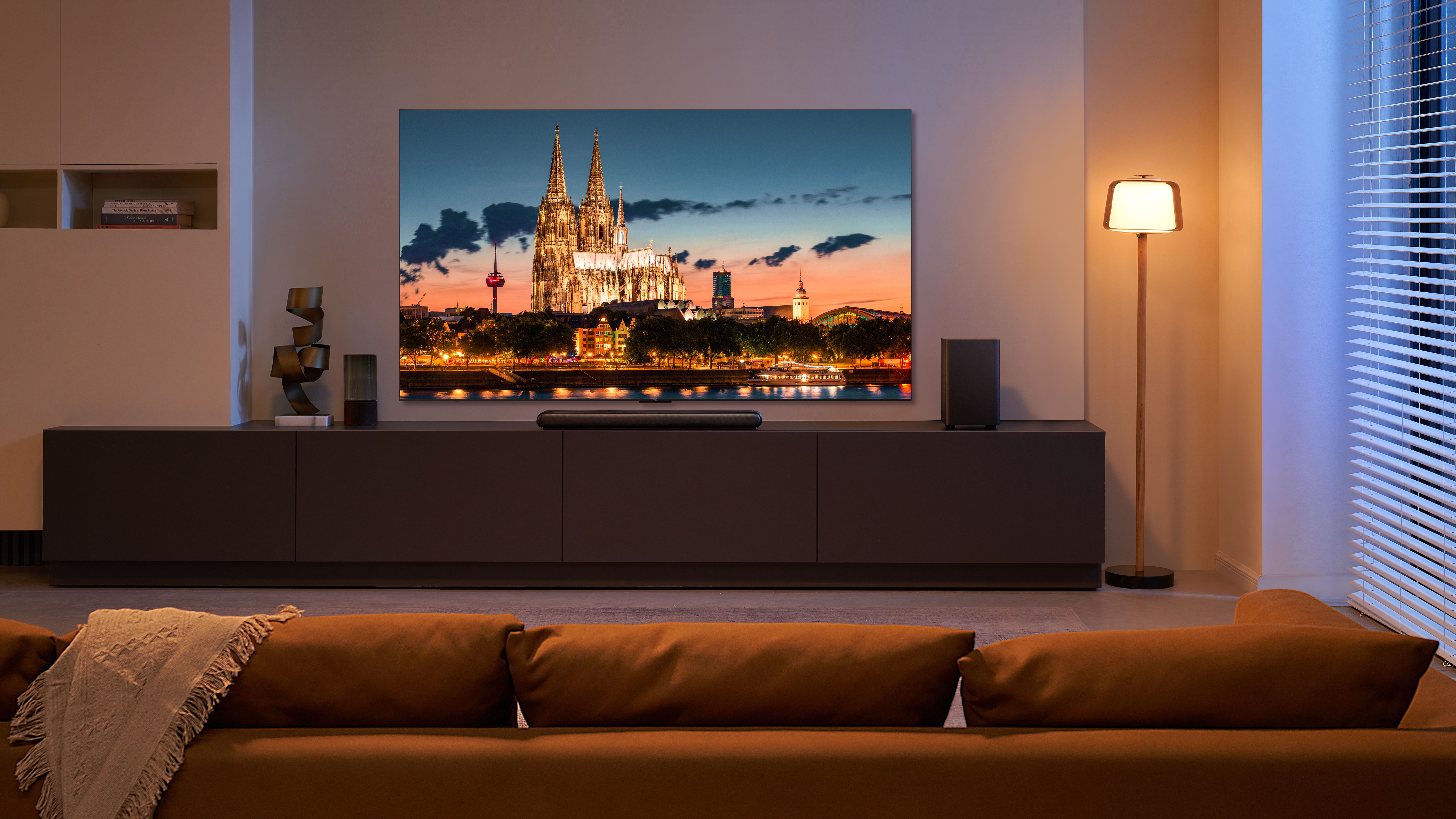
Related
These TVs offer a cinema-level experience for under $500
Our picks for the best TVs under $500 will help you save money without sacrificing quality or features.
1 Design matters
Know the look and feel
A TV is more than just a means of entertainment. It’s also an important electronic device that takes up a lot of space in your home and acts as a centerpiece in any room. So it’s important that you like the way it looks. Admittedly, there aren’t that many styles and designs of TVs available, but there are still some things worth checking out before you bring one home.
It will greatly help you to create a convenient environment at home.
Looking at it up close, you might notice specs that are hard to grasp or visualize just by reading the numbers online. These include the thickness of the bezel and the overall size of the TV. It can also be helpful to notice the depth if you’re considering mounting the TV on a wall, or the design and layout of the base if you’re placing it on a TV stand.
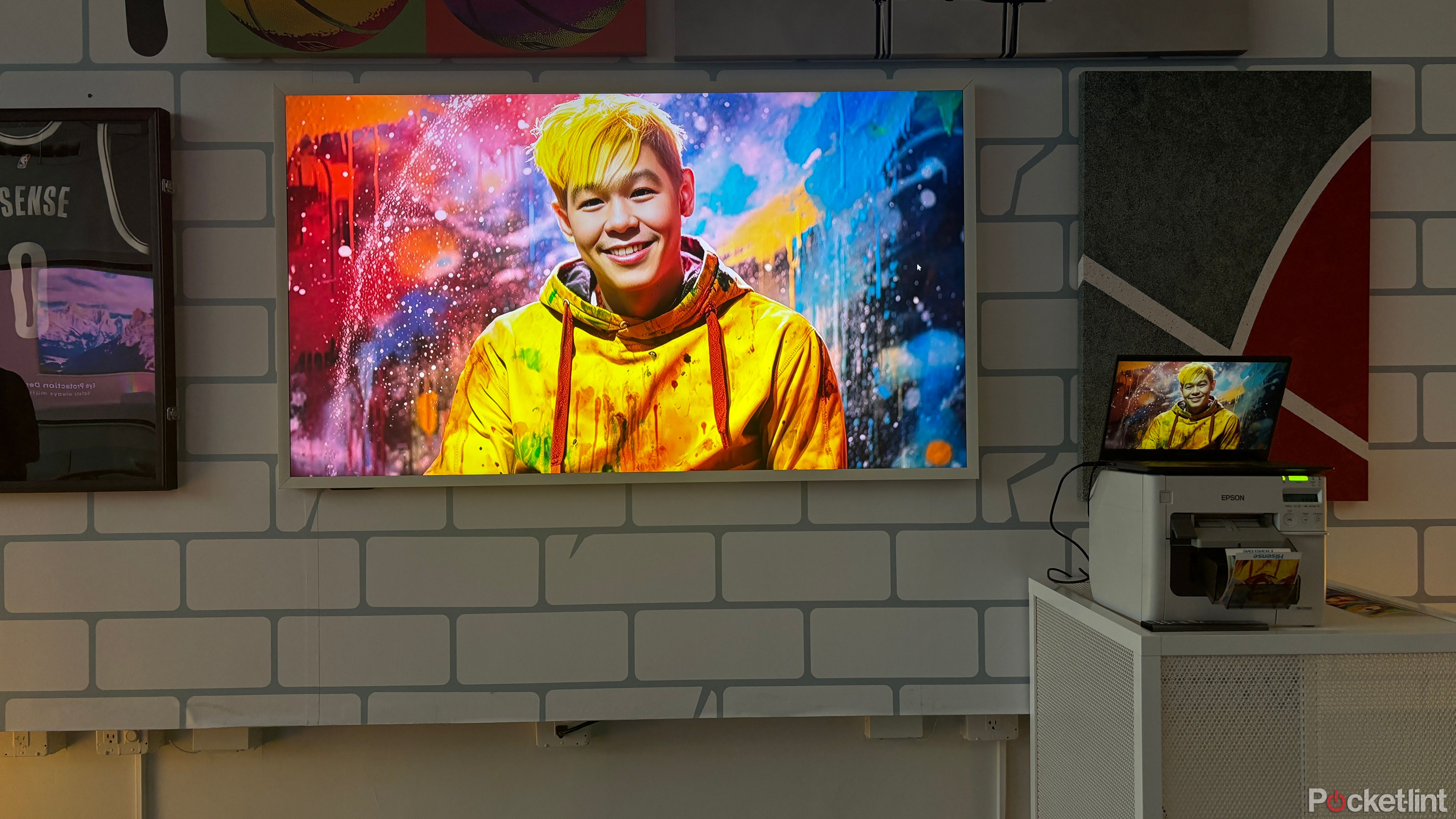
Related
Hisense unveils more affordable alternative to the Samsung Frame
CanvasTV makes displaying art on your TV much more affordable.
It’s also useful to note the location of the inputs on the back of your TV and where the power cable is located. While this information won’t be a deciding factor in whether or not you buy a TV, it can go a long way in creating a convenient setup in your home by thinking ahead about where you’ll place connected devices and what power outlets you’ll use. Lifestyle TVs such as The Frame are designed to look great even when switched off, and are built with compelling features in mind, so it’s best to try them out for yourself before you buy.
2 to look at a picture
See the screen in action
Perhaps the most important part of a television is its ability to display a picture that is faithful to the source material and meets your personal needs. While there is a wealth of television jargon, patented features, and specifications listed online, the best way to truly understand what a television has to offer is to actually see it for yourself.
A hands-on look allows you to inspect key settings like contrast and brightness. Contrast in particular is important to check when considering a QLED TV or any other backlit type, as the ability to achieve high-quality contrast varies widely depending on a variety of factors. For those looking for an OLED TV, it’s useful to experience the brightness, which is an area where these models tend to struggle.
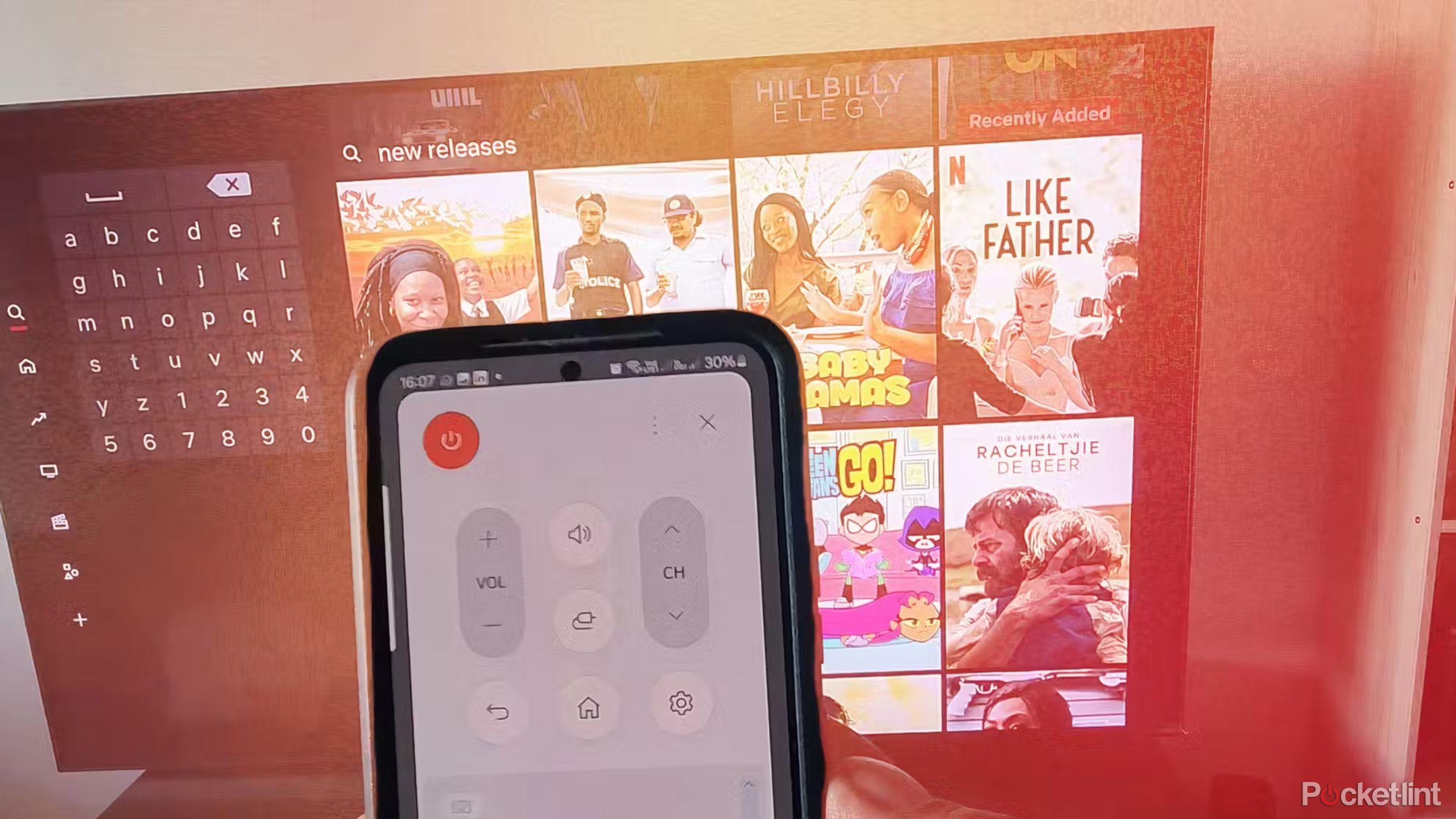
Related
For the best picture and sound quality, I always check out these 7 smart TV setups
Adjusting these settings will help you get the most out of your new TV right out of the box.
It also helps to make sure what you’re watching looks good to you personally – settings like motion smoothing can be more intrusive for some people than others, and while TVs in stores are optimized to look the best, it’s important that they look acceptable in your home too.
3 Check your OS
Gain a sense of control
An increasingly important aspect of a smart TV is its operating system. With an ever-increasing number of apps in use, titles to track, and features built into TVs, it’s important to be familiar with the interface you’ll be using frequently.
The best way to inspect an OS and navigation system is to go to a brick-and-mortar store and try it out. Work with all the layouts, components that can be customized, changed or removed, and apps to see how intuitive and easy everything really is. Some systems, such as LG’s WebOS or Samsung’s Tizen, are fairly simple and straightforward, but others, such as Roku TV or Google TV, come with more personalization features and more sponsored content and suggestions. It’s important to find an OS that suits your preferences and viewing habits.
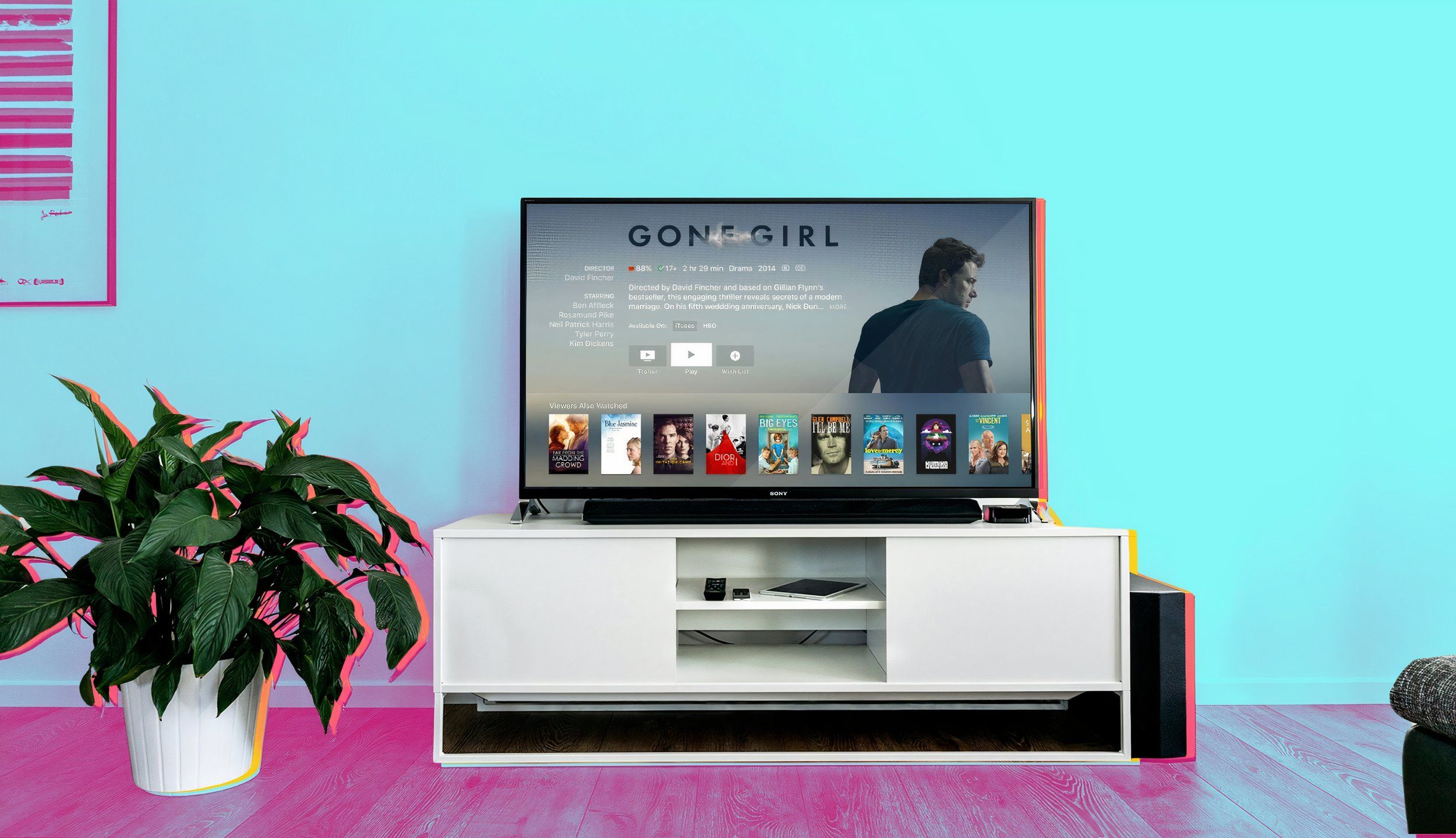
Related
7 Smart TV OSes, ranked from worst to best
For a “smart” platform, most TV operating systems are shockingly stupid.
It’s also worth trying out the remote to understand all the ways it controls your TV. Some remotes are small and intuitive, while others, like LG’s Magic Remote, are large and unwieldy. The quality of the remote might not matter to you, but you’ll likely use it a lot. Notice how it feels in your hand and where the important buttons are located. If you don’t like the remote, look at how virtual assistants can help you when using your voice.
Four There may be a deal
I’m saying there’s a chance
When buying a TV, online deals are plentiful throughout the year, but you may find better options when buying in-store. Some stores offer deals only for in-store purchases, while others offer discounted prices on opened, display, or refurbished models that aren’t advertised online. In some cases, the in-store price may differ from the price you see online.
I’m not sure if this is common, but it doesn’t hurt to ask the salesperson what you can do to nudge them towards a purchase. They might not be able to give you a discount on the TV, but they might if you buy it with another item, like a soundbar. In general, shopping both in-store and online is a win-win for customers.
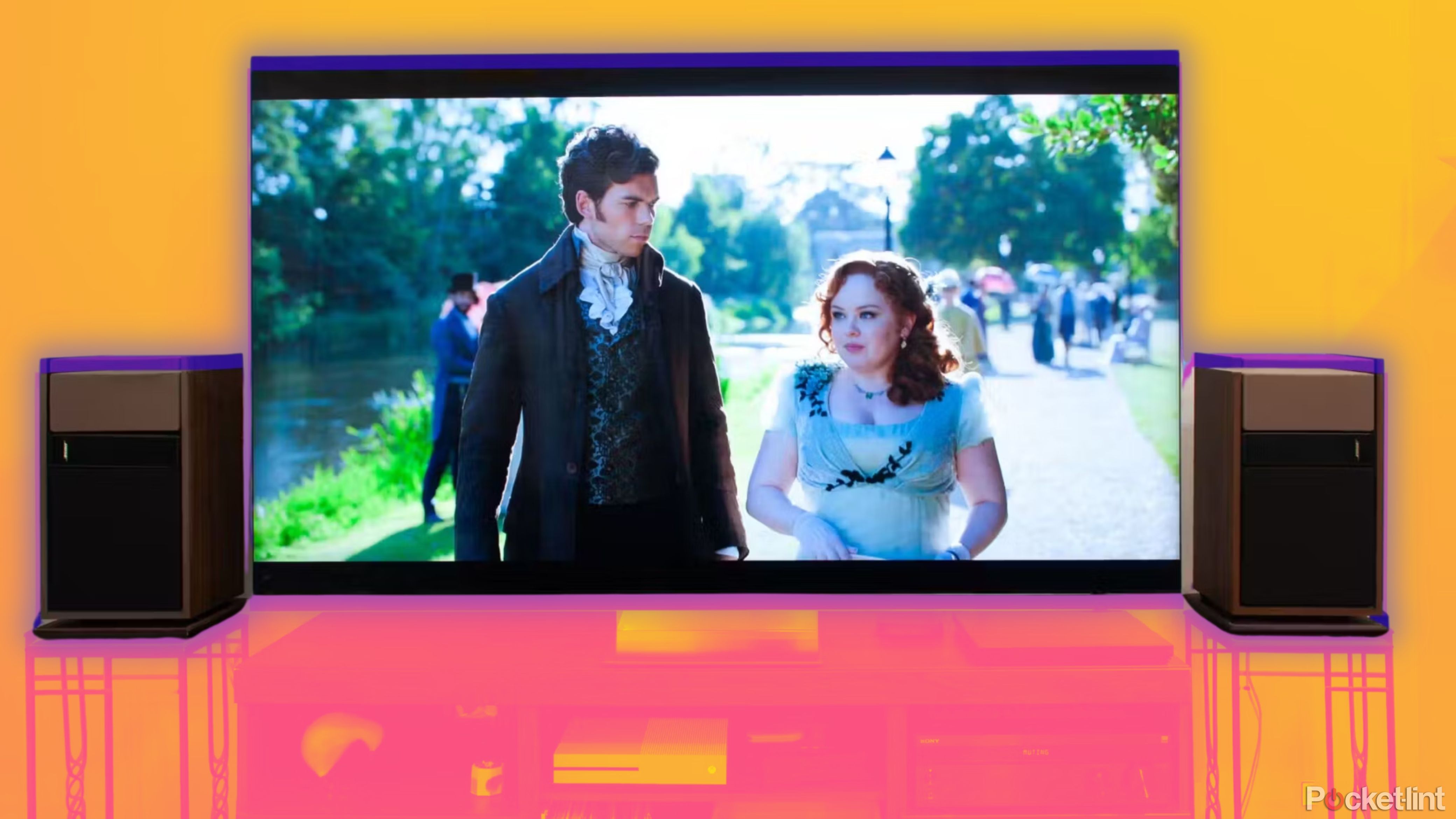
Related
Change 4 settings on your TV and instantly make conversations clearer
Unfortunately, crisp, intelligible dialogue falls victim to the default settings on many modern TVs. Here’s what to change to get crystal clear audio:
Enjoy your TV safely and securely
When you’re shopping online and not buying directly from the manufacturer, there can be an element of risk involved. This is especially true on sites like Amazon, Best Buy, and Walmart, where you might be buying from a secondary seller or partner rather than directly from the manufacturer. Information about your TV might not be immediately clear from the start – it might be shipped from a different country, there might be additional shipping charges, or it might arrive several weeks later. Return policies and warranties might also be difficult to decipher or simply inadequate.
Buying in person means you get your TV right away and can start setting it up as soon as you get home. Online purchases may arrive the next day, but larger purchases like TVs tend to take longer and it could be weeks before you can enjoy your new content. When ordering online, you or someone must be home to accept the delivery.
When buying a TV, it’s important to take your time and think about it, including going to the store to see it in person. Careful consideration always pays off.
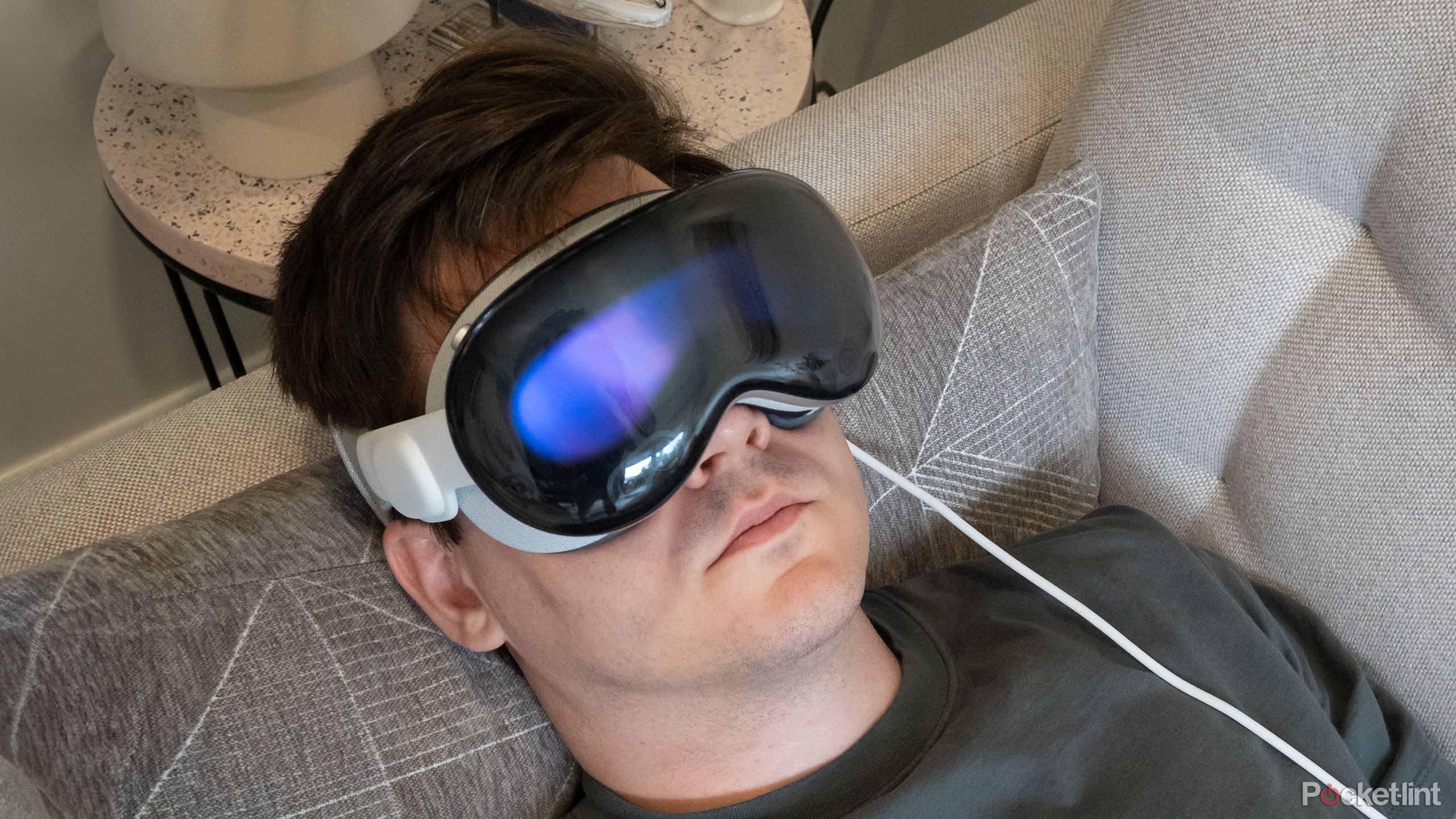
Related
Watching movies and TV shows on Apple’s Vision Pro is fascinating but exhausting
While Vision Pro holds the cinema to your face, comfort and eye strain issues are likely to ruin your cinema experience.


